PIEDMONT — The former Sue Cleveland Elementary School has stood empty since it was replaced with a new facility in 2005. It’s fallen into disrepair in the intervening years.
Many residents in the historic mill village attended school in the now-blighted building as children, said Piedmont Assistant Fire Chief Craig Lawless, and have long hoped something would be done to repurpose the site.
Now, there are tentative plans to transform the vacant school building into a women’s shelter, according to the church that bought the property in 2017, converting the eyesore into a community resource.
St. Matthew Baptist Church Deacon Wendell Hicks said negotiations are still in their early stages, and details are limited at this point, but a prospective buyer has expressed an interest in renovating and repurposing the building.
“We’re not sure exactly how that’s going to pan out, but right now we do have a potential buyer,” he said.
The property sits in a residential area on Sue Cleveland School Road off of Highway 20, less than a mile from Piedmont’s downtown. The former textile community is undergoing its own transformation, growing rapidly as more people flood into Greenville County. According to Piedmont Fire Chief Tracy Wallace, developers have built 1,000 new homes in the area in the past two years.
Hicks said he hopes the blighted property can play a part in Piedmont’s future.
“It’s a good location for something,” he said. “It would be an ideal place for almost anything put there, especially with Piedmont getting ready to grow and expand.”
As it stands now, Lawless said the site has become a draw for homeless people.
This isn’t the first time the church has sought to find a new purpose for the disused school. St. Matthew first bought the close to 6-acre property in 2017 under the leadership of Pastor Zachary Brewster.
After buying the site, the church began working with Indiana-based KCG Development, which advanced plans to build a 90-unit apartment complex offering affordable rents where the school now stands.
Hicks said those efforts lost steam when Brewster left the church several years ago and have since fallen through.
The church had continued to search for a buyer for the property in the wake of Brewster’s departure, and Hicks said the tentative deal to convert the school into a women’s shelter is the latest development in that effort. He said he hopes to be in a position to release the name of the interested buyer and other details about the project in the near future.
“In the next few weeks, we’ll be better equipped to talk about some of those things,” he said.

 864-527-0464
864-527-0464




 Service Areas
Service Areas























